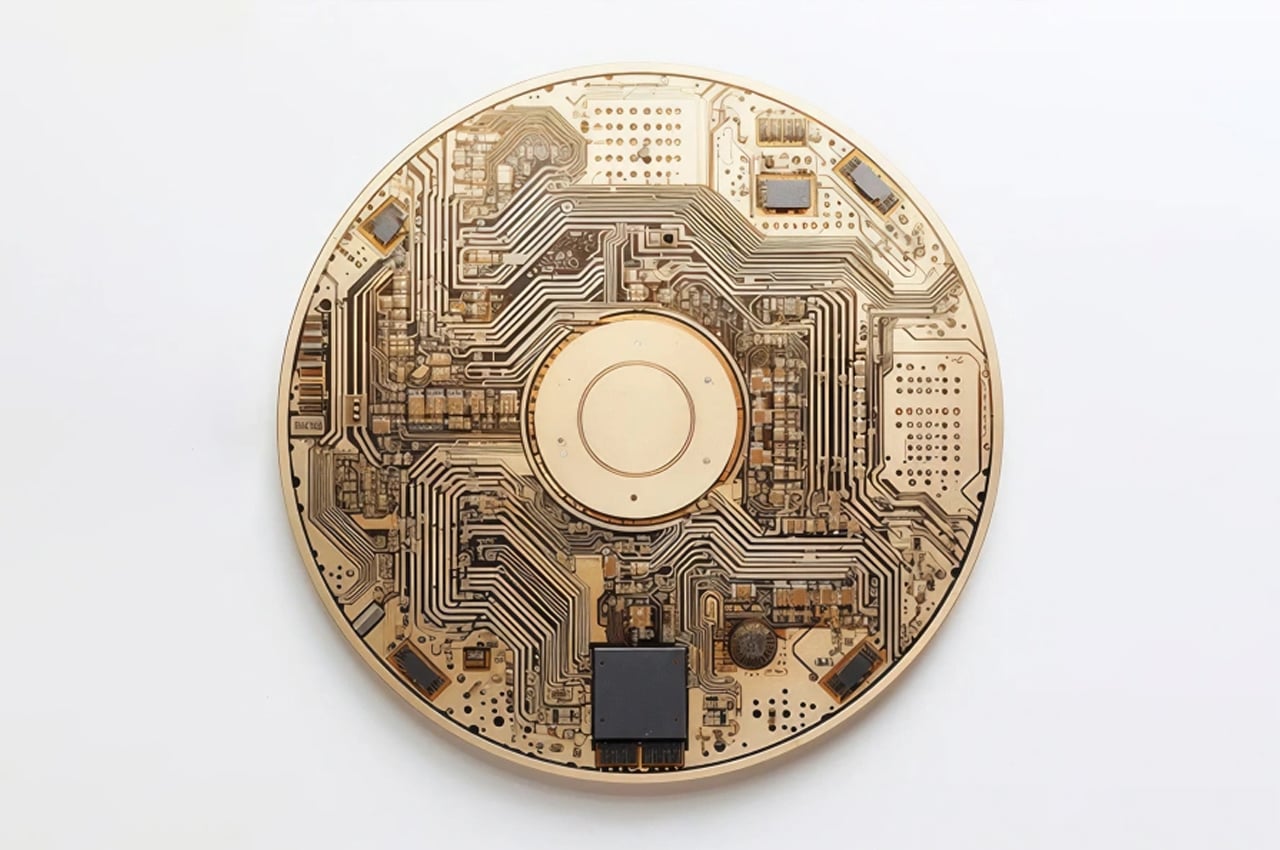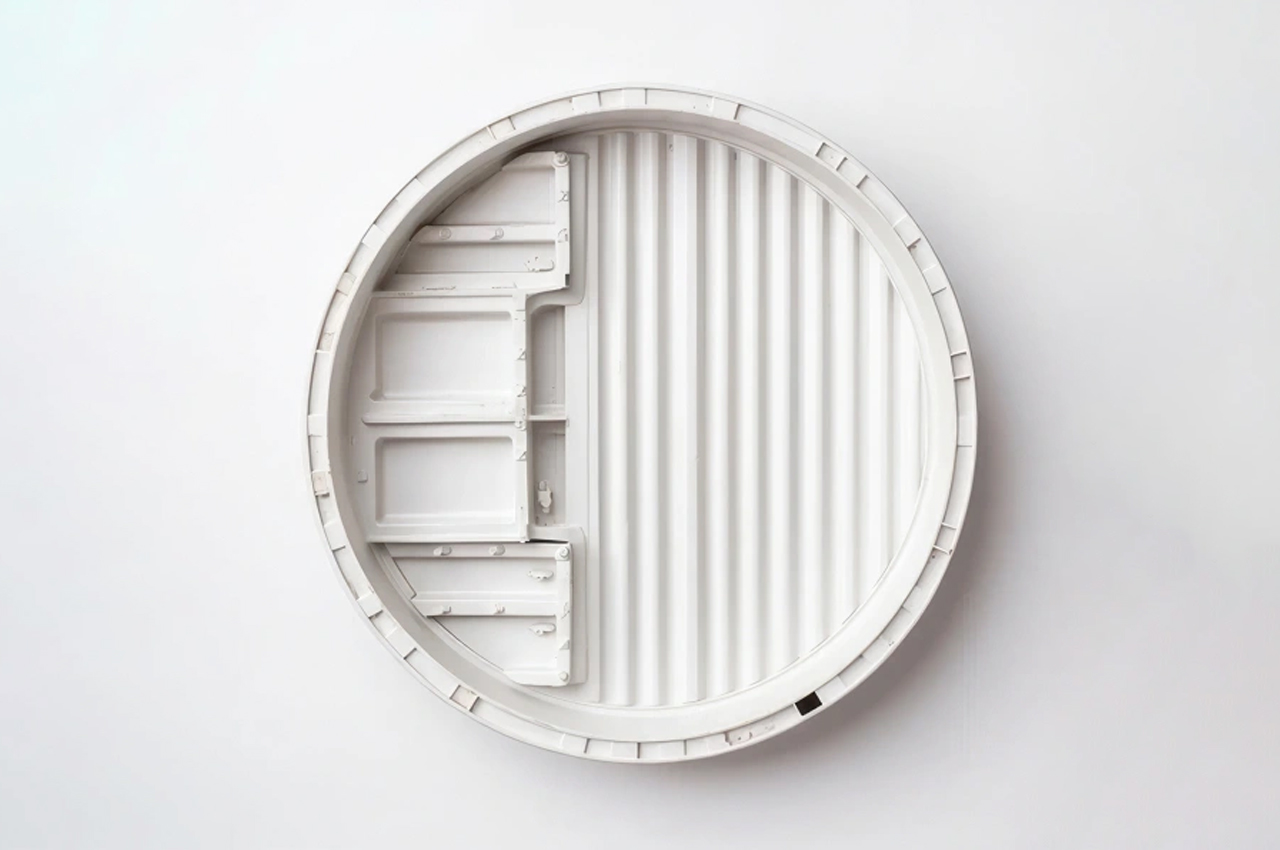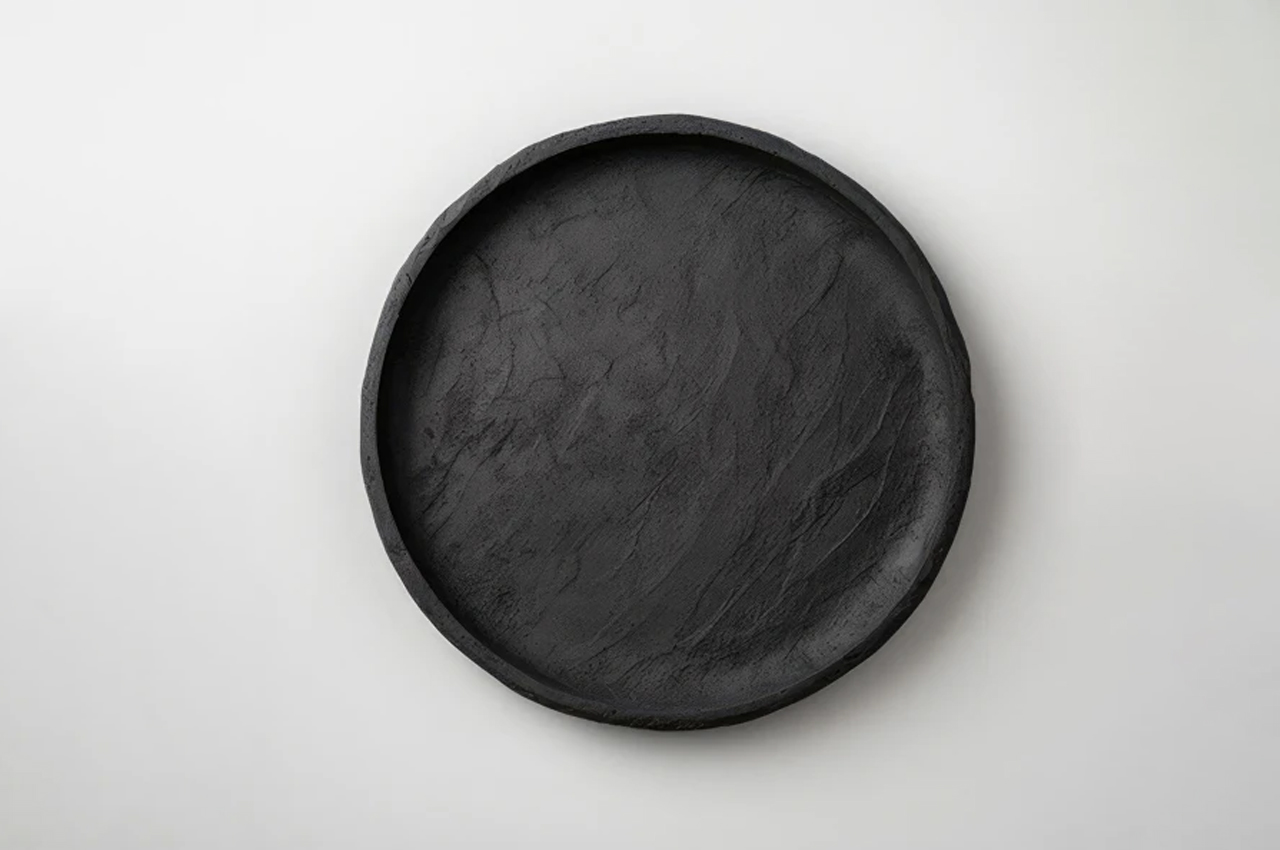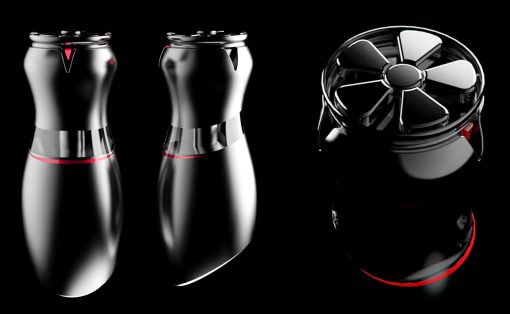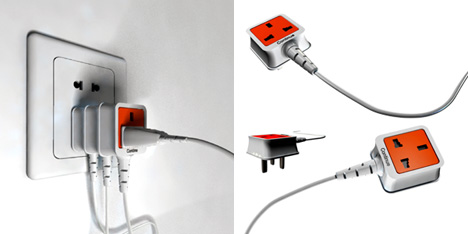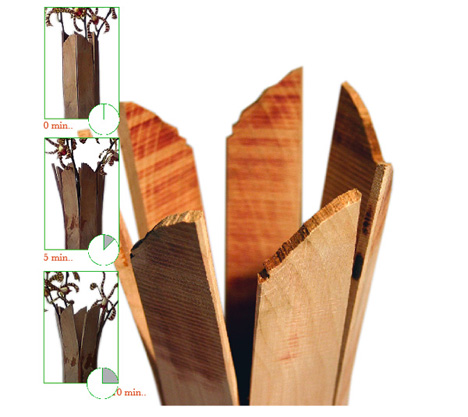
When you think of plates, you probably think of its functionality first and then design second. For most people, as long as they can eat food off of it, it’s fine. But there are also people who place a lot of effort into finding the perfect plate design to match their aesthetics or their preference. What if you could have plates that are designed and made from materials that are indigenous or at least abundant in your specific location?
Designer: Space10 and Oio Studio
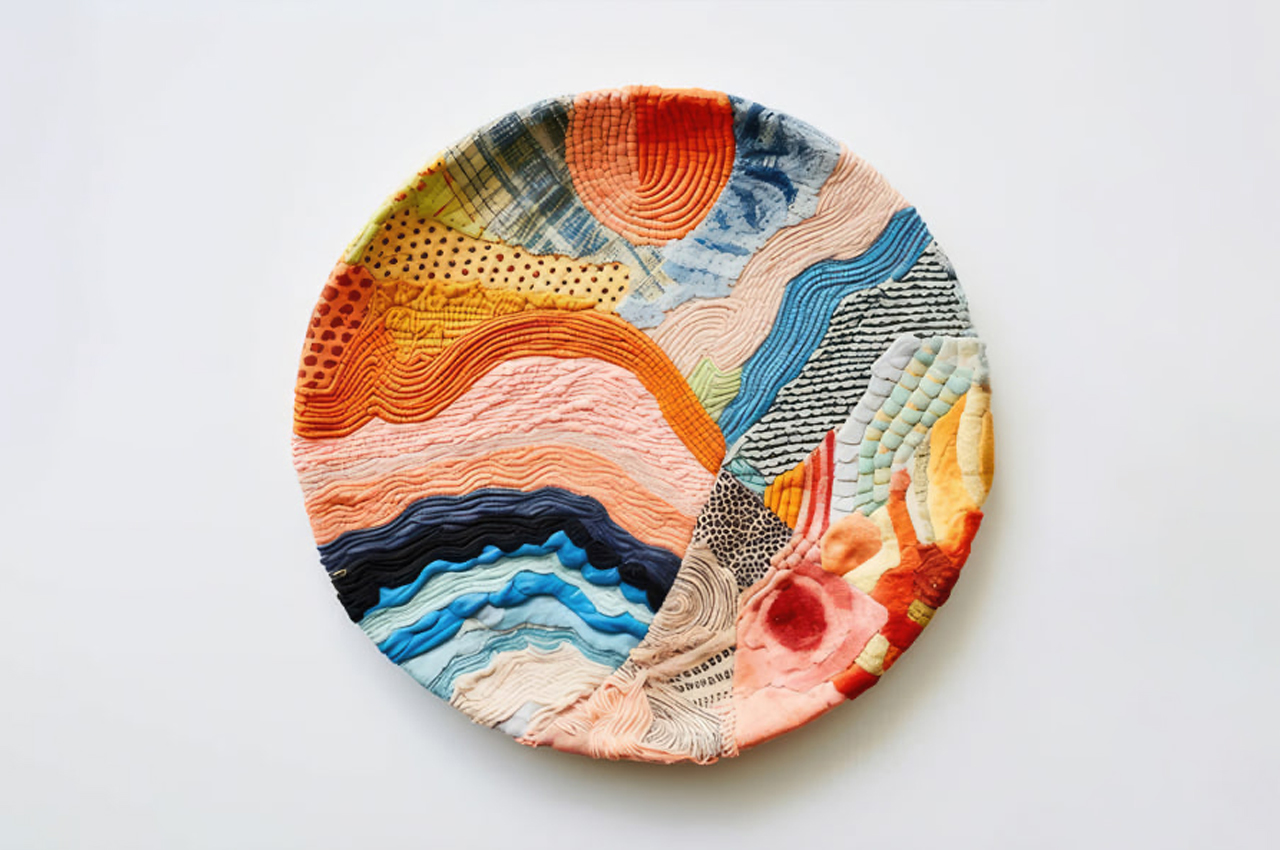
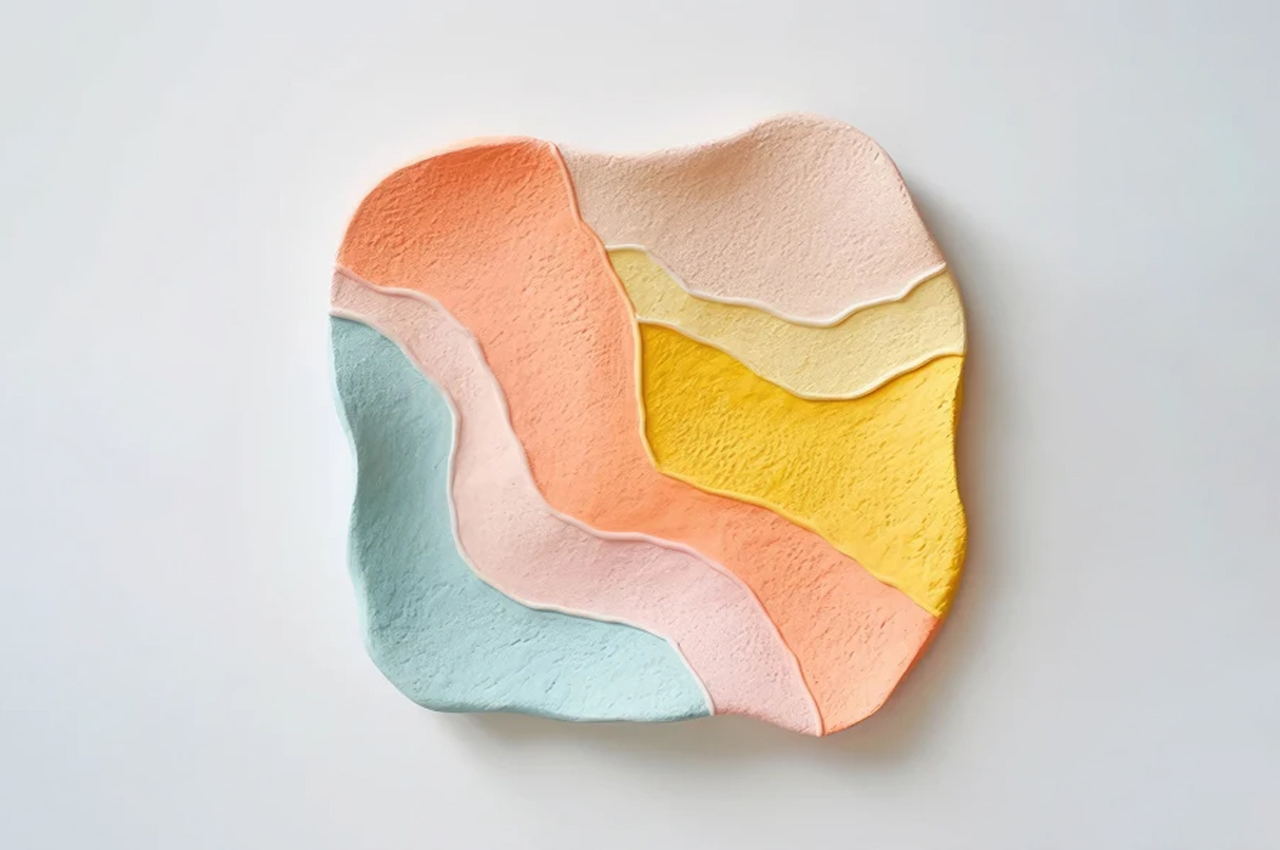
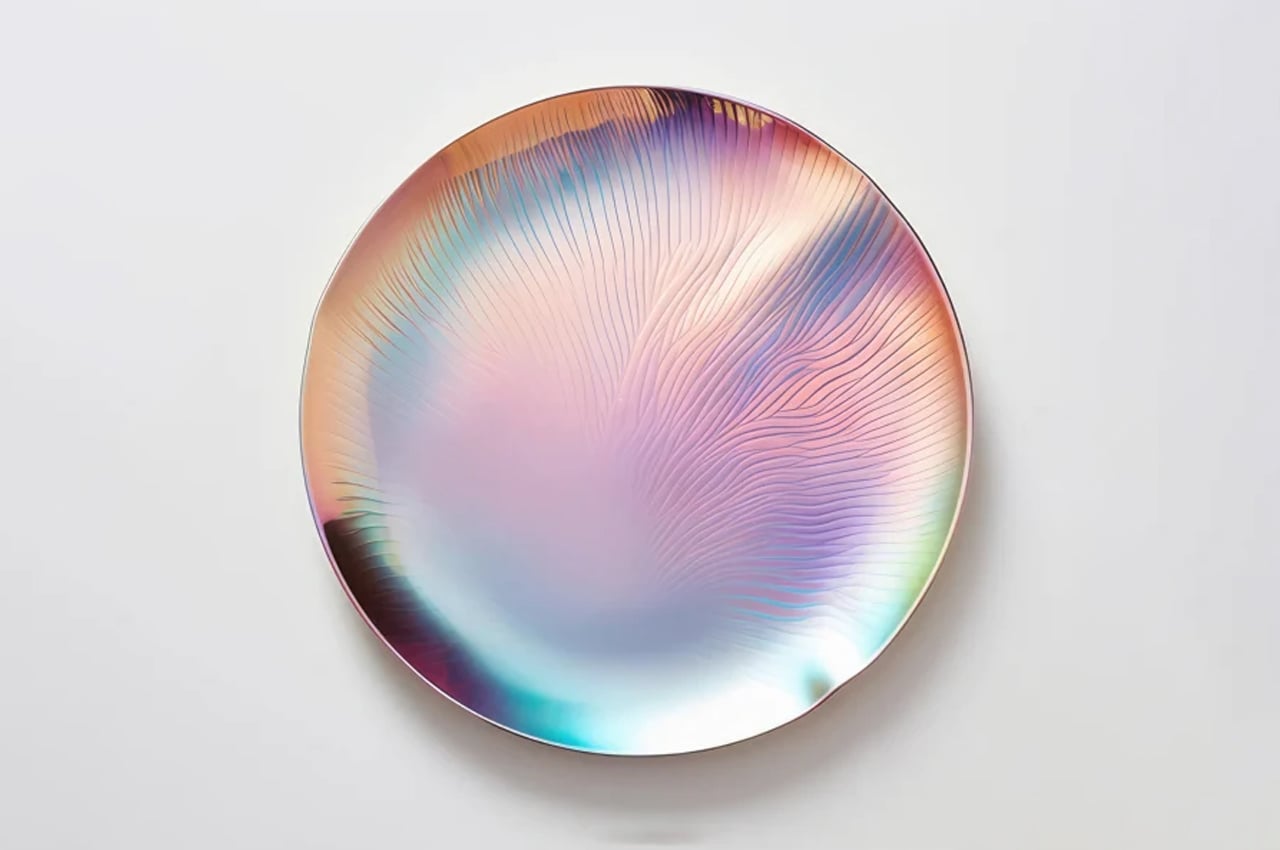
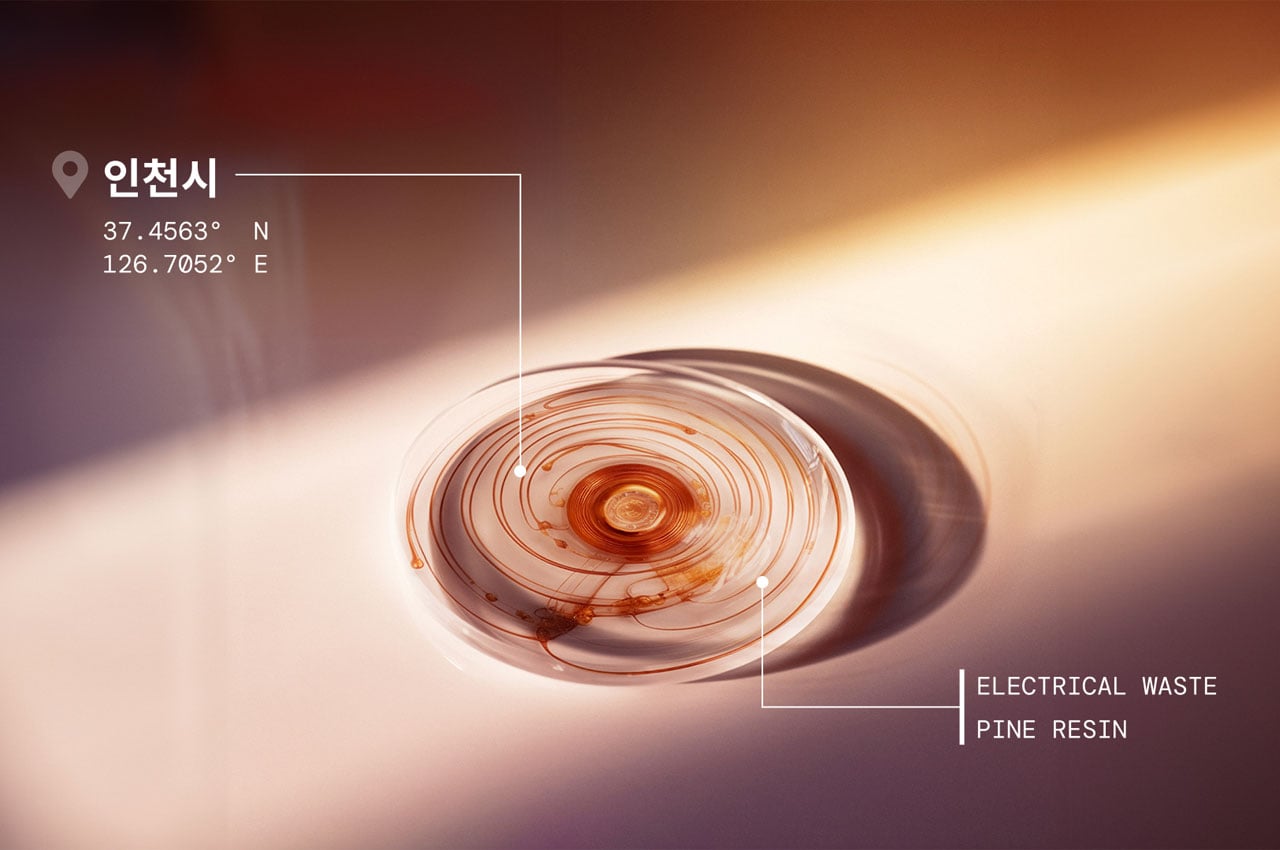
A speculative series called Products of Place is made up of plate designs that were generated from AI chat tool ChatGPT and AI image-based tool Midjourney. It was able to generate designs for more than 100 cities so you see various plates with unique designs and made from materials that range from cute to absurd to ridiculous, but always creative. The materials chosen for each city is hyper-local and is based on what materials are abundant in each location. The actual design of the plate is also based on the locality and the material.
“Products today no longer represent the place where they are made and used. Instead, they are the result of global industrial production and distribution,” says Zenner. “Products of Place visualizes a near-future where AI can support designers to make better material choices and rebalance our relationship with the planet, working with what is locally abundant.”
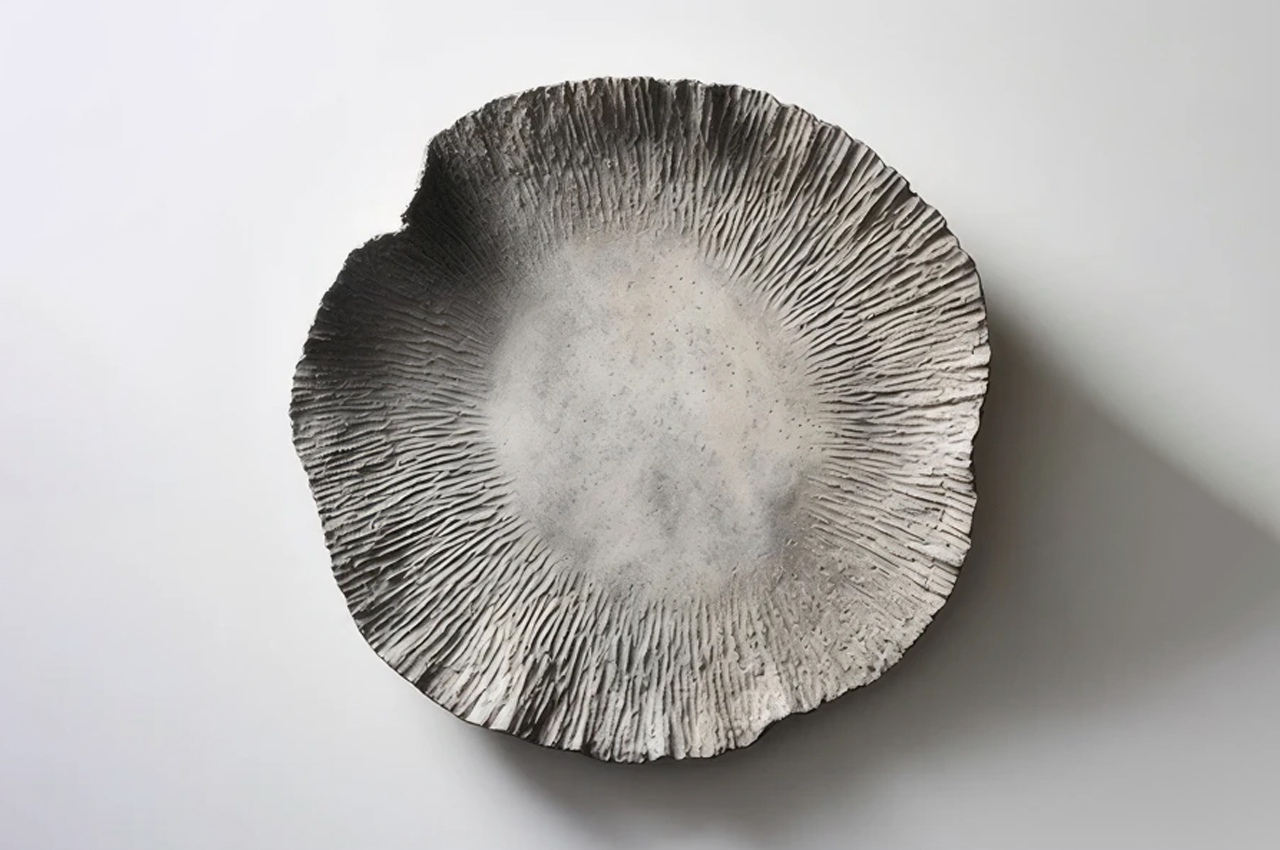
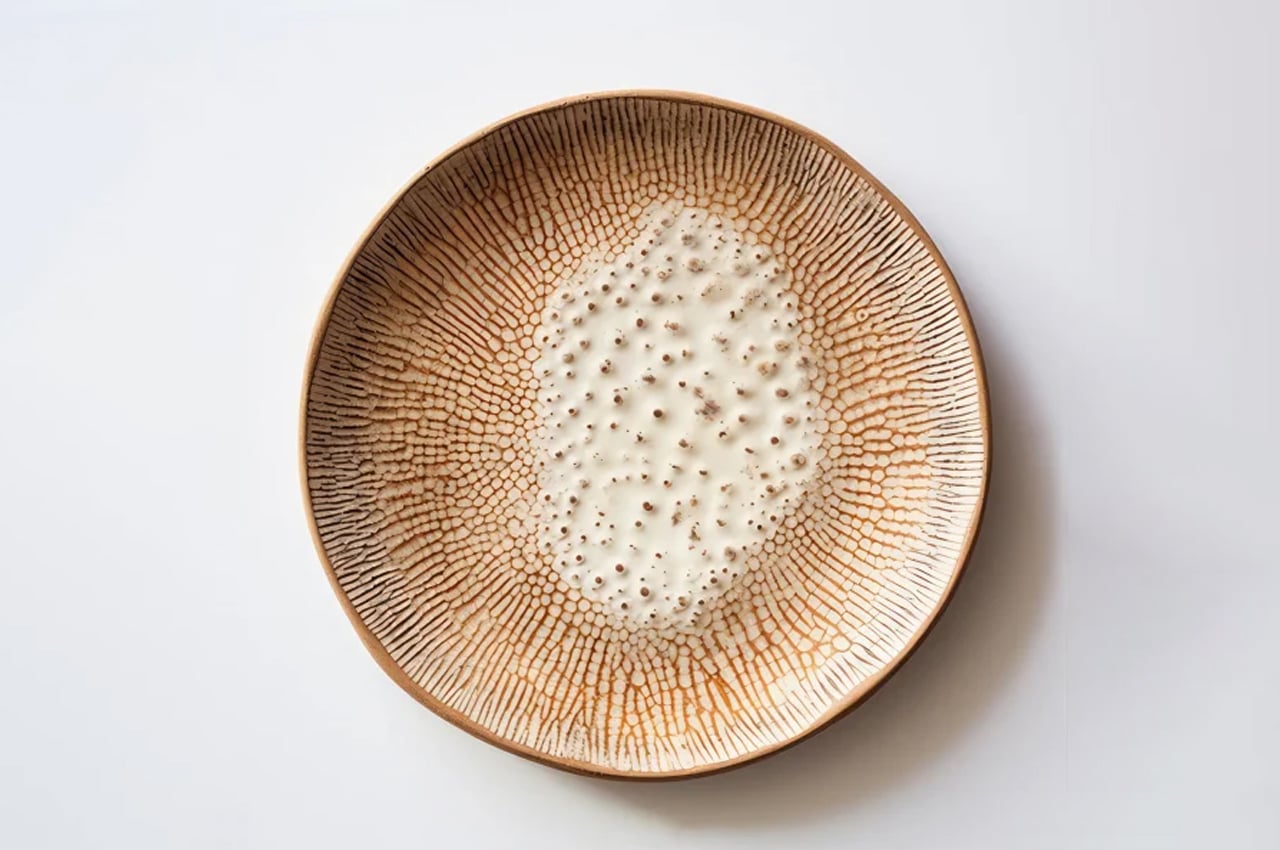
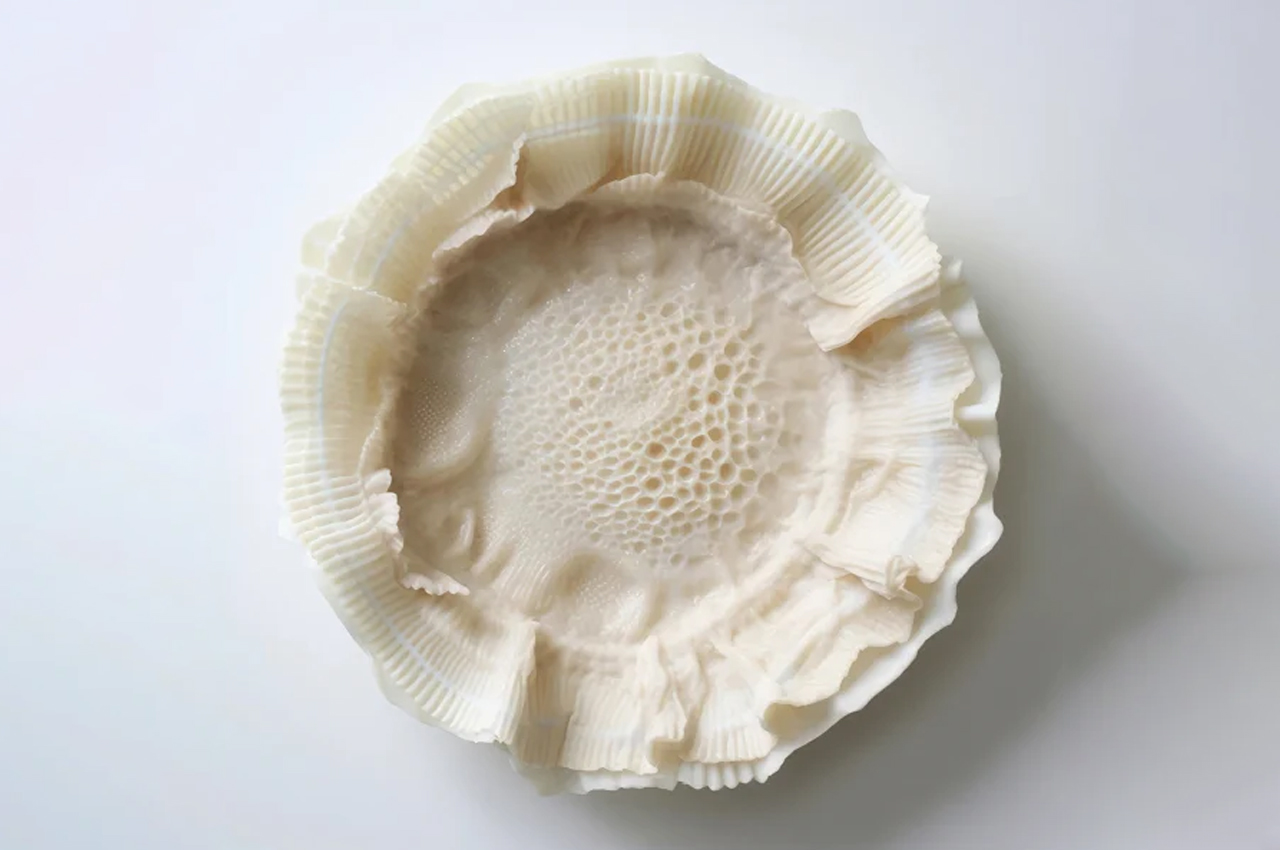
ChatGPT was able to come up with materials ranging from construction waste, residues from resident plants and animals, as well as materials from what is manufactured in that location. Some of the materials that were suggested inlcuded salmon bones, auto parts, sorghum waste, alpaca wool, electronic waste, to simple materials like plastic, bamboo, rubble, foam, paper waste, seashells etc.
Obviously, not all these designs can actually be made into actual, usable plates. There are a lot of considerations including the viability and the sanitation. Would you really want to eat out of a plate made from panda poop? But it is an interesting experiment to challenge what materials are normally used for products like plates and also to have a conversation about commodification and re-using product waste. Let’s see which of these designs can actually be made into plates eventually.
